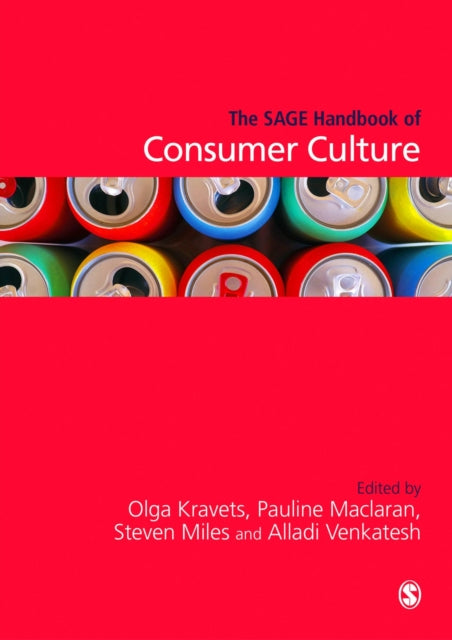
Innovation in the Arts: Concepts, Theories, and Practices
 Limited Time Sale
Limited Time Sale$29.48 cheaper than the new price!!
Free cash-on-delivery fees for purchases over $99
Product details
| Management number | 201818703 | Release Date | 2025/10/08 | List Price | $29.49 | Model Number | 201818703 | ||
|---|---|---|---|---|---|---|---|---|---|
| Category | |||||||||
This guide aims to increase our understanding of innovation in the arts by identifying and supporting opportunities and strategies for artists and arts administrators to pursue successful innovation in their diverse creative practices. It identifies three key concepts - art innovation, art movement innovation, and audience experience innovation - supported by formal theory and case studies in art history. It is an essential reading for students and practitioners in the creative and cultural industries, providing insights into how to develop and promote innovation in the arts.
Format: Hardback
Length: 90 pages
Publication date: 01 August 2022
Publisher: Taylor & Francis Ltd
Innovation in the arts is a complex and multifaceted phenomenon that requires a deep understanding and exploration. This concise guide aims to enhance our understanding of innovation in the arts and identify and support opportunities and strategies for artists and arts administrators to pursue successful innovation in their diverse creative practices.
Innovations in the arts are often marginalized from a research perspective due to the lack of a solid and compelling theoretical framework that can adequately support and explain the distinct processes involved compared to business and management innovation. This book seeks to address this gap by presenting three key concepts: art innovation, art movement innovation, and audience experience innovation. Each concept is supported by formal theory and illustrated through case studies in art history, providing readers with a comprehensive framework for understanding and supporting innovation in the arts.
Art innovation refers to the creation of new artistic forms, styles, or techniques that push the boundaries of what is possible in the arts. It involves the exploration of new materials, technologies, and ideas and the willingness to take risks and experiment with new approaches. Art movement innovation, on the other hand, refers to the emergence of new artistic movements or trends that redefine the artistic landscape. These movements often arise from social, political, or cultural contexts and are characterized by a shared set of values, beliefs, and aesthetic principles. Audience experience innovation, lastly, focuses on the creation of immersive and engaging experiences for audiences, whether through traditional art forms or new media technologies.
By identifying and supporting these three key concepts, this book aims to empower readers to identify, explain, and support their innovation efforts as visual, literary, and performing artists and arts administrators. It also explores strategies for pursuing innovation in practice, recognizing that innovation is not a one-size-fits-all approach and requires a tailored approach that is specific to the individual artist or arts organization.
This readable book will be an essential reading for students in all aspects of the creative and cultural industries, as well as an essential guide for practitioners and researchers alike. It will provide valuable insights into the latest trends and developments in the arts, as well as practical tools and techniques for developing and promoting innovation in the arts.
In conclusion, innovation in the arts is a vital component of artistic growth and development, and this concise guide aims to provide a comprehensive understanding of innovation in the arts and support opportunities and strategies for artists and arts administrators to pursue successful innovation in their diverse creative practices. By embracing new ideas, technologies, and approaches, artists and arts administrators can create new artistic forms, redefine artistic movements, and create immersive and engaging experiences for audiences.
Weight: 350g
Dimension: 216 x 138 (mm)
ISBN-13: 9780367688776
Correction of product information
If you notice any omissions or errors in the product information on this page, please use the correction request form below.
Correction Request Form
















